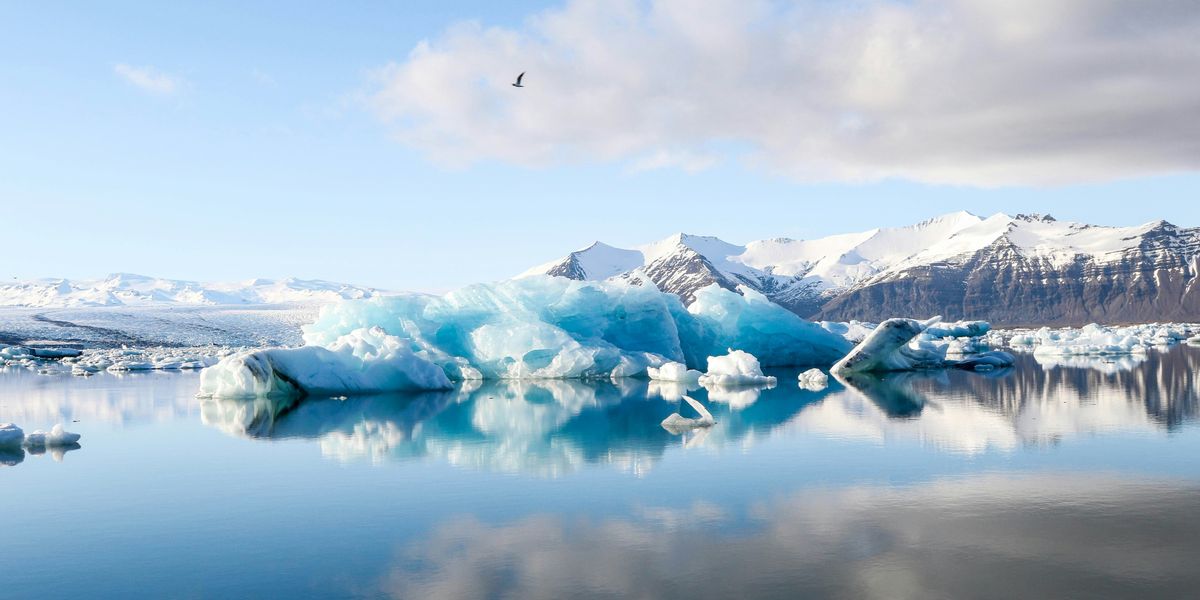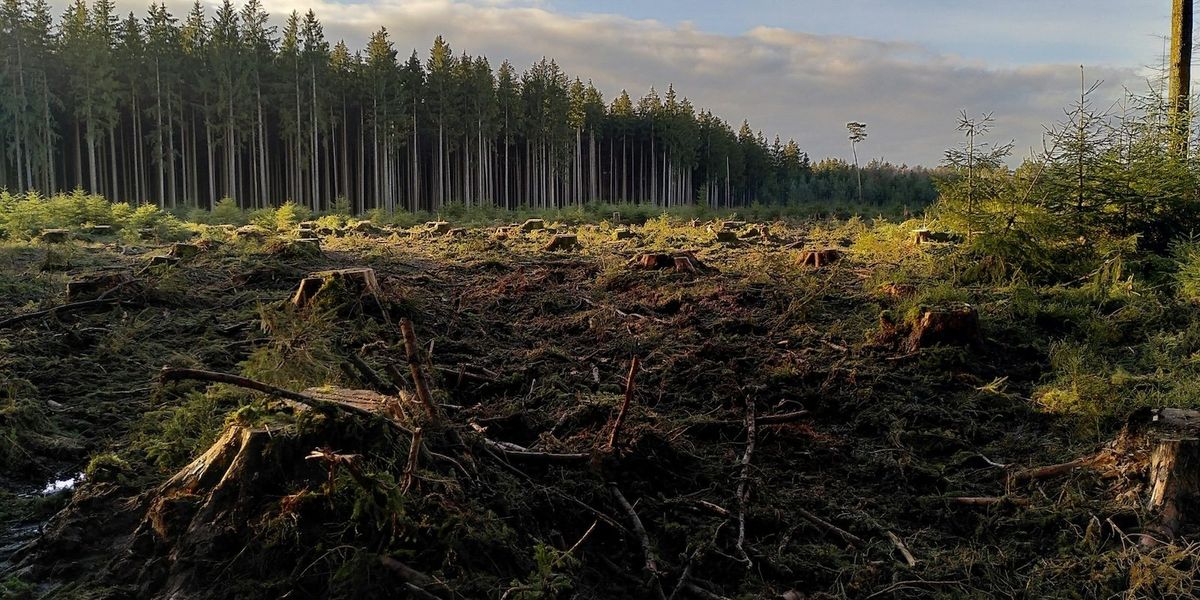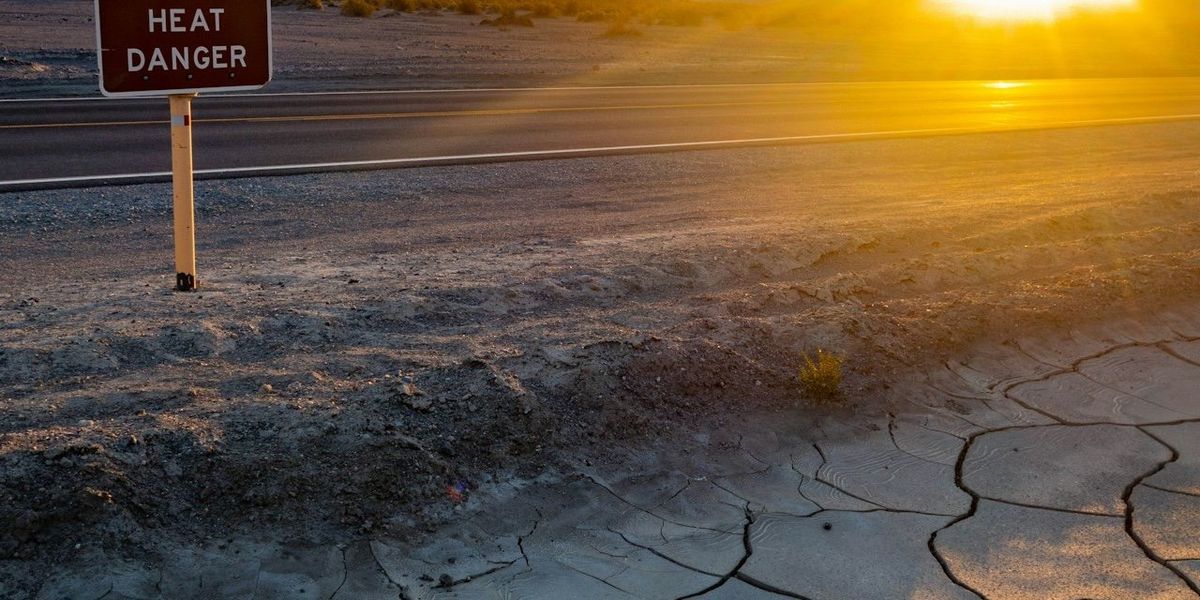
Funding cuts for Arctic sea ice monitoring risk key climate data
The National Oceanic and Atmospheric Administration (NOAA) has halted support for several key datasets used to monitor Arctic sea ice and snow, undermining efforts to track one of the fastest-warming regions on Earth.
Peter Aldhous reports for Inside Climate News.
In short:
- The National Snow and Ice Data Center (NSIDC) will no longer receive NOAA support for several Arctic datasets, including the Sea Ice Index, reducing their maintenance and responsiveness to issues.
- These datasets, which inform national security, fisheries management, and weather forecasting, have historically underpinned scientific understanding and media coverage of global climate change.
- NOAA’s budget cuts reflect broader Trump administration efforts to dismantle environmental data infrastructure, with additional programs and datasets listed for decommissioning.
Key quote:
“Any reduction or elimination of these data product services will have significant consequences, well beyond just tracking the state of sea-ice loss.”
— Zack Labe, climate scientist
Why this matters:
Losing federal support for Arctic monitoring datasets means researchers, journalists, emergency managers, and coastal communities will lack crucial information at a time when the Arctic is warming nearly four times faster than the global average. The Sea Ice Index and related tools have long served as canaries in the coal mine, warning the world of accelerating climate impacts. Without federal upkeep, these tools are more vulnerable to technical failures, misinformation, and gaps in coverage. This matters not just to climate scientists, but to Alaskan communities dependent on sea ice forecasts, military operations navigating the Arctic, and global shipping routes opening up as ice recedes.
It’s also a symbolic rollback: the dismantling of decades of public investment in open-access environmental science. While private and international efforts may try to fill the gap, no single organization can replicate the breadth and mission of NOAA.
Related: Arctic cold once defended Canada — now climate chaos threatens military readiness













